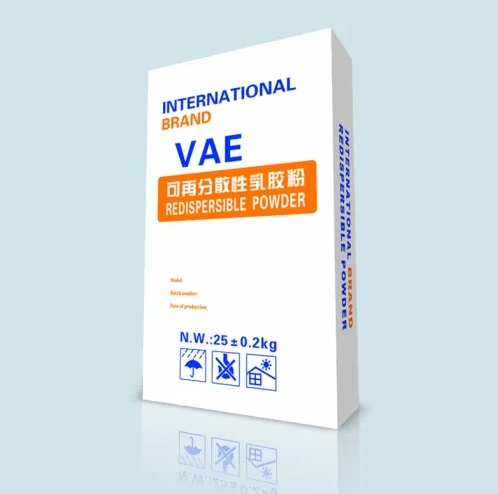What is RDP powder used for?
"What is RDP powder used for? It's a question that delves into the transformative role of Redispersible Polymer Powder in the realm of construction materials. Let's unravel the intricacies behind this unassuming powder and explore its diverse applications that shape the very foundation of modern construction."
Understanding RDP Powder's Purpose
In the construction industry, RDP powder, short for Redispersible Polymer Powder, is a linchpin in the formulation of materials that withstand the test of time. At its core, RDP powder is a composite of synthetic polymers, primarily vinyl acetate-ethylene copolymers, blended with additives. This combination sets the stage for a substance that goes beyond being just a powder – it becomes a critical enhancer of various properties in construction materials.
The Journey of RDP Powder in Construction Applications
RDP powder finds its place in an array of construction applications, each contributing to the improvement of specific material characteristics. From tile adhesives to self-leveling compounds and exterior insulation and finish systems (EIFS), the journey of RDP powder is one of adaptability and reliability.
Enhancing Tile Adhesives and Grouts with RDP Powder
When introduced to tile adhesives, RDP powder transforms the bonding experience. Through meticulous mixing with other components, the powder elevates adhesion and flexibility, ensuring a robust connection between tiles and substrates. The result is not just improved water resistance but a testament to the longevity of the installed tiles.
What are the sectors of the cosmetic industry?
What are the primary uses of Hydroxy Ethyl Cellulose (HEC)?
Why is CAS 49851-31-2 important to know?
Uncovering the Truth about Cas 123-75-1: Answering Your Burning Questions
The New Ingredient Making Waves: 49851-31-2, What's the Hype About?
Iron Oxide Pigment: The Ultimate Guide to Application Techniques
How Does CBD Oil Work?
Optimizing Self-Leveling Compounds for Superior Performance
In self-leveling compounds, RDP powder takes center stage in perfecting the flow and leveling properties. By seamlessly blending with other elements, the powder facilitates the creation of surfaces with reduced shrinkage, leading to an overall enhancement in the material's performance and durability.
Empowering EIFS Systems for Resilience
In the realm of Exterior Insulation and Finish Systems (EIFS), RDP powder's role is indispensable. Its incorporation into base coat mixtures amplifies adhesion to substrates, while simultaneously contributing to the flexibility of the finish coat. This dynamic combination ensures EIFS systems stand resilient against weathering and potential cracks.
The Significance and Impact of RDP Powder
The utilization of RDP powder isn't merely a matter of convenience; it's a strategic choice with significant implications. Improved adhesion, increased flexibility, water resistance, and enhanced durability become hallmarks of construction materials fortified by RDP powder. These attributes, meticulously woven into the fabric of buildings, contribute to structures that not only endure but excel in the face of various environmental challenges.
Conclusion: RDP Powder – An Architect of Enduring Construction Materials
In conclusion, the unassuming RDP powder emerges as a silent architect, shaping the very essence of construction materials. From its humble origins as a powder, it transforms into a key player, infusing strength and resilience into the structures we build. As we witness the seamless integration of RDP powder into the construction landscape, its significance becomes undeniable – a testament to innovation driving the evolution of durable and high-quality construction materials.
Unlocking the Essentials: Key Questions to Ask When Ordering Cas 123-75-1
The Ultimate Guide to BMK Powder Use
Key Questions to Ask When Ordering Rdp Chemical Powder" - A Comprehensive Guide to Making Informed Purchases
10 Questions You Should Know About Construction Grade Hpmc for Dry Mix Mortar
Redispersible Polymer Powder vs EVA Powder: Which is Better for Construction?
What Are Specialty Gases Used for


